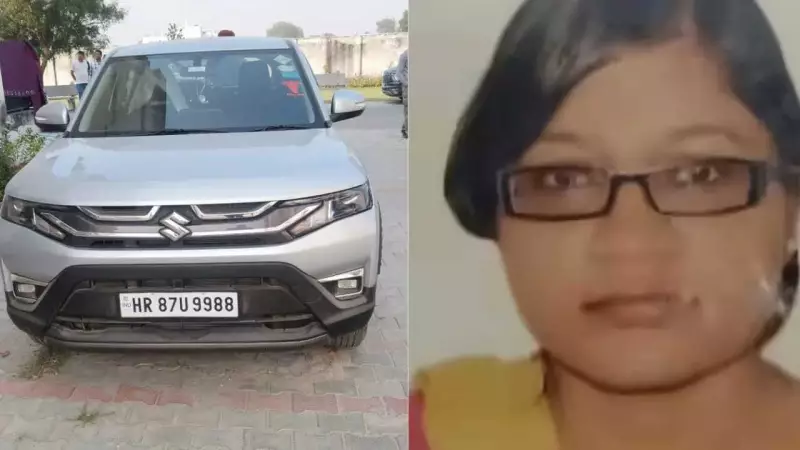
In a significant breakthrough in the Delhi blast case, security officials on Thursday seized a Maruti Suzuki Brezza from the campus of Al Falah University in Faridabad, revealing deeper layers of a planned multi-city terror attack.
Terror Module's Vehicle-Borne IED Plan
Security sources have confirmed that Umar Un Nabi, whose identity as the Old Delhi bomber was established through DNA testing, and his associates had planned what investigators describe as a "spectacular terror attack" involving multiple vehicle-borne improvised explosive devices (IEDs). The plot included follow-up attacks using assault rifles, according to security agency briefings.
The terror module had acquired three vehicles for their operation: a Hyundai i20, a red Ford EcoSport, and the recently seized Maruti Brezza. While the i20 was detonated near Red Fort in Delhi, security agencies issued BOLO (be on the lookout) alerts for the other two vehicles, suspecting they might contain additional concealed explosives.
Faridabad University Connection and Vehicle Recovery
The investigation took a crucial turn when officials traced and seized the Maruti Brezza from Al Falah University campus in Faridabad on Thursday. The vehicle was registered under the name of Dr Shaheen Shahid, another accused person who serves as faculty at the university.
This development follows Wednesday's recovery of the red Ford EcoSport in Faridabad. The EcoSport was registered in Delhi with a number plate ending in 0458. Security sources indicate that Umar Un Nabi was primarily responsible for procuring all three vehicles used in the planned attacks.
Expanded Targets and International Connections
Investigations have revealed that the terror group's ambitions extended beyond Delhi. Security agencies confirmed the module had targeted Ayodhya for a planned attack on November 25, coinciding with the hoisting of a saffron flag at the Ram temple.
Forensic analysis indicates the suspects had assembled a dangerous mixture of ammonium nitrate and RDX, though investigators are still determining whether this specific explosive combination was used in the i20 blast near Red Fort.
The plot's origins trace back to Turkey in 2022, with security agencies confirming that Umar Un Nabi was operating under the guidance of a Turkey-based handler using the codename "Ukasa". This international connection has prompted deeper investigation into the module's funding and operational support networks.
Security agencies continue to investigate the extent of the terror network and potential sleeper cells that might still be operational in the National Capital Region and other parts of the country.





